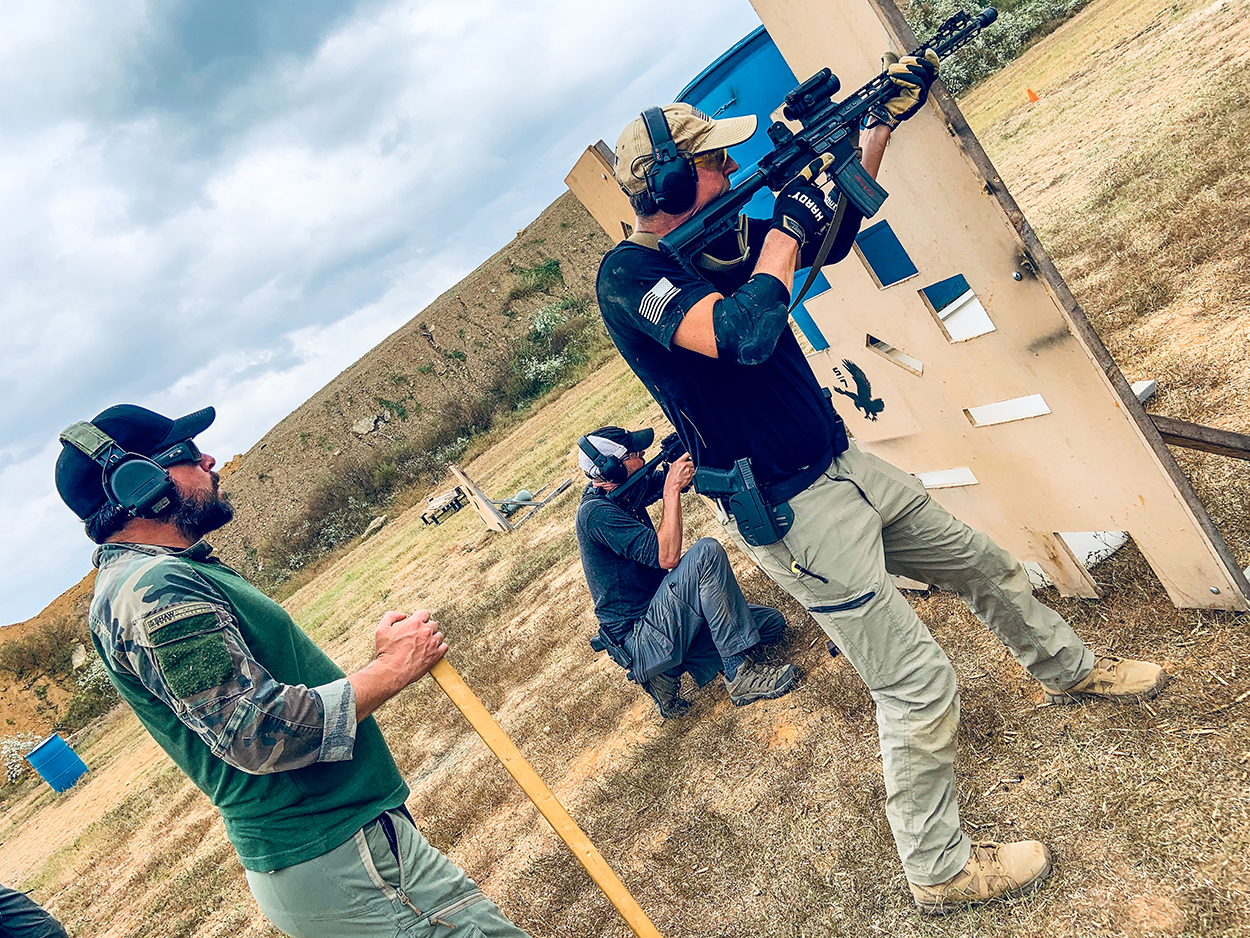First, Rob Morse needs to understand how to actually conduct research and write a paper with proper citations and sources.
Second, the data references 1995 surveys that were conducted by Criminologist Gary Kleck with flawed data of his own admission. (
https://reason.com/2018/09/04/what-the-cdcs-mid-90s-surveys-on-defensi/)
The data was compiled by phone interviews and the respondents were asked if over the past five years they had used a gun—even if not fired—for self-protection or protection of property at work, home, or elsewhere.
It's pretty ambiguous question open to interpretation. Based on the question, if I heard a knock in the night, got a gun and investigated. That counted. So did simply implying or stating one was armed.
The 2021 study by English used similar language:
"First, all gun owners were asked, “Have you ever defended yourself or your property with a firearm, even if it was not fired or displayed?"
Again, ambiguous but probably factual based on account of many of these interactions not resulting in a police report or 911 call.

 www.ammoland.com
www.ammoland.com




